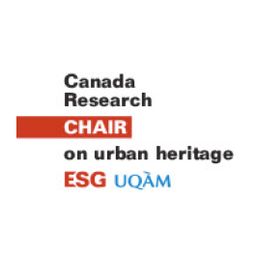14.00 Artefact Looting and Fake-Making in Thailand and Sweden: The Ban Chiang Case
My Session Status
The supplier, or looter link, is the least researched part of the chain of illicit artefact trade. Understanding the local dimensions of looting in Asia and Europe is a major challenge for international law and heritage management. Previous research has mostly been mapping activities in parts of the trade chains. Based in criminology, law, or archaeology, it has operated within a legal and moral discourse where looting is primordially defined as a crime and judged as immoral and site destructive. From this position it is often assumed that acts of looting are due to poverty and/or ignorance of greater cultural values. The few studies that exist of looting from a grounded local perspective, however, all point to more complex realities. This paper (together with that of Anna Karlström) presents a new research project that will compare local dimensions of looting and artefact trade in one Asian and one European contexts. Aiming to allow for more complexity in the discussion and analysis of looting, it also includes other practices involving artefacts, such as official archaeological excavation and fake-making. The aim is to critically investigate the complexities and interrelations of these artefact practices, from the situated contexts of looters and local communities.
This part of the project concerns the village of Ban Chiang, in the Lao-speaking low-income Isan region of northeast Thailand. Famous for its outstanding red-on-buff ceramics, Ban Chiang is known as one of the most important Bronze-Age sites in Southeast Asia. Archaeological investigations began in 1967, and trafficking of artefacts, particularly the distinctive red-on-buff ceramics, began in earnest around 1970 and was linked to a nearby United States air base. Heritage authorities fought the looting and in 1992, when Ban Chiang was included on the UNESCO World Heritage List, it was claimed that it had stopped. Several recent surveys, including a US federal raid in 2008, have however shown that looting is still ongoing at Ban Chiang, and that the site remains a major provider of artefacts for the international antiquities market. There is also a prolific contemporary production of red-on-buff pottery in the village. These contemporary copies are either sold as souvenirs to tourists, or are intentionally disguised as original prehistoric artefacts and sold as such. A recent study by Denis Byrne has moreover revealed a complex relationship between ancient and new ceramics at Ban Chiang, where pieces of ancient pottery are deliberately included in the ware of the newly made ceramics.
This research project will continue long-term with interviews and heritage-focused ethnography, to increase our knowledge of the local practices surrounding artefacts and fakes, and local attitude to, and explanations of “looting.” The present understanding of looting, in the two case areas, is largely guided by the notion of a fundamental difference in local perceptions of archaeological heritage between the Asian Ban Chiang and the European Visby. The aim of the project is, by means of detailed comparisons between these two contexts (Asian and European), to contribute with insights on how local civilian values of materiality and spirituality are activated or downplayed by civil society in the form of heritage law and the UNESCO World Heritage label, and further, how the handling of fakes and originals operates in the tensive and/or productive spaces between conservation and consumption, in both contexts.

Discussion